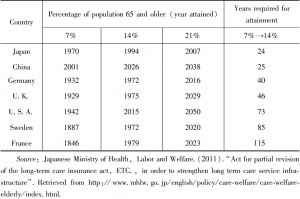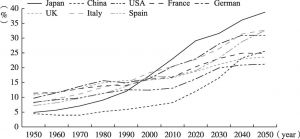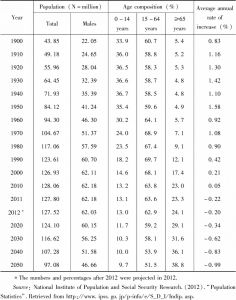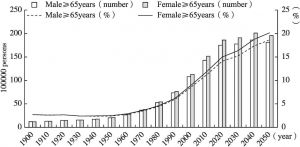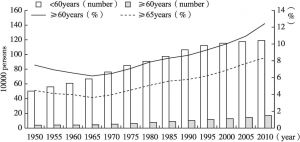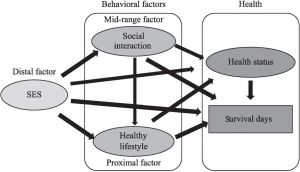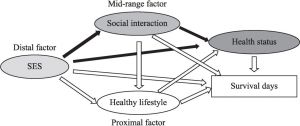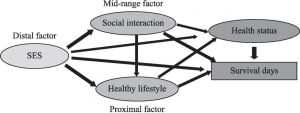章节
Introduction
关键词
作者
王硕 ,云南大学民族学与社会学学院讲师、硕士生导师。
检索正文关键字
章节目录
-
1.1 Population Aging
- 1.1.1 Global Population Aging
- 1.1.2 Population Aging in Japan
- 1.1.3 Population Aging in China
-
1.2 Literature Review
- 1.2.1 Distal Factor:Socioeconomic Status and Health
- 1.2.2 Proximal Factor:The Mechanism of SES-health by Healthy Lifestyle
- 1.2.3 Mid-range Factor:Social Interaction and Health
-
1.3 Study Objectives and Significance
- 1.3.1 A Comprehensive View of Prior Study and Analyses
- 1.3.2 Objectives of Study
- 1.3.3 Significance of Study
- 1.4 Study Design
-
1.5 Data and Location
- 1.5.1 Profile of Tibet Autonomous Region
- 1.5.2 Profile of Tama City
- 1.6 Statistical Methods
- 1.7 Framework of Dissertation
查看更多>>>


